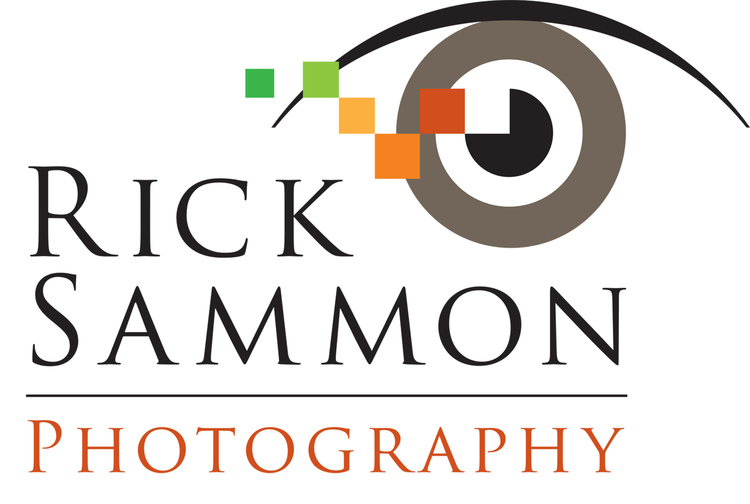Click to enlarge image.
When it comes to landscape photography, one of my main goals, technically, is to get a super-sharp shot with everything in the scene in focus.
Helping me reach that goal is my new camera/lens combo for landscape photography: Canon 5DS and Canon 11-24mm lens.
Emotionally, my goal is to try to put the viewer in the scene, saying to himself or herself, "I'd like to be there," or "I'd like to be photographing in that location."
I took the above shot (actually an in-camera HDR image) in Croton on Hudson, New York, where I lead two Rick's Backyard Photo Workshops a year. They are listed on my 2016 Workshops page. We are about one-hour north of New York City.
Basic Landscape Photography Tips
Most of my landscape photographs, as well as seascape and scenic photographs, show the entire scene in focus. For maximum depth-of-filed, choose a wide-angle lens (the wider the better), set a small aperture (the smaller the better) and focus 1/3 into the scene.
To create a sense of three dimensions in a two-dimensional image, use a foreground element or elements. Shadows can also add a sense of depth to an image, as can photographing a subject from an angle (as opposed to straight on).
If a close foreground element and aperture combination don’t allow you to get everything in the scene in focus, you can use a feature in Photoshop called “focus stacking,” which lets you combine pictures taken at different focus points in to a single image in which everything is in focus.
When it comes to composition, placing the horizon line in the center of the frame is usually a no-no. With reflections, however, that can work quite effectively. But generally speaking, if the foreground is interesting, place the horizon line near the top of the frame, and vice versa.
Important filters for landscape photograph include a polarizing filter and a ND (neutral density filter). A polarizing filter can reduce reflections on water and foliage. It can also make a blue sky look darker and white clouds look brighter
A good tripod and a good ball-head are important for steady shots in landscape and seascape photography. I recommend Really Right Stuff tripods to all my photo workshop students.
Super serious photographers who want the sharpest possible image (least amount of camera shake) always mount their camera on a study tripod, use the mirror lock-up feature on the camera, and release the shutter with a cable release, self-timer or app – even in bright light.
I hope to see you in Croton on Hudson someday! It's a great place to photograph, and to learn about photography.
PLJ,
Rick Sammon
Canon Explorer of Light since 2003
For more tips on getting super-sharp shots, check out my latest book, Creative Visualization for Photographers.





